How to save time and money learning a foreign language
I recently walked into a jewellery shop to buy a ring for my wife. As the door swung shut behind me and I realised I was the only customer – trapped between rows of twinkling gems and several very gimlet eyed sales people. Beads of sweat broke out on my forehead. It is not so much the high cost of some very small things – it is the nagging fear of not knowing anything about jewellery – nothing at all. “Is that diamond ring vastly over-priced or a bargain? No wait. Is that in fact a diamond or a mounted shard of glass? How do I know? How do size, purity, shape, colour and weight affect the value?” At this point I mumbled something to the sales person who patiently explained why this was in fact a great ring. And I was almost convinced except, wouldn’t he say that anyway? It might have been a fantastic buy – I’ll never know because I made my excuses and escaped, blinking, back into the light.
Of course this is all rather pathetic and the buying block I encounter is nothing to do with the jewellery store (who tried everything to get me to see the light) and everything to do with my inability to evaluate little shiny rocks because I do not understand the important principles that underpin the value of gems.
How to find the best language resources
The same is true of deciding what tools to use to learn a language. Most people will give little or no thought into what tools will work best. Given that they are about to invest a significant amount of time, energy and money (often more than the cost of a small gem) into learning, a little up front research into what works makes a lot of difference.
The bad news is that I cannot help you with glittery baubles. The good news, however, is that in about 4 minutes I can help you discern good language learning characteristics in a product. And that 4 minutes can actually save you time, energy and hard cash – and can even determine whether you’re successful.
So check out the Five Proven Principles of Language Learning . Check out how CDs, DVDs, toys and much more fare when assessed against these criteria.
 KLOO is a multi-award winning language game in French and Spanish that embeds all these principles…it was designed a games expert and developed by teachers. The result is a game that makes language learning faster, easier and a lot of fun. Try it.
KLOO is a multi-award winning language game in French and Spanish that embeds all these principles…it was designed a games expert and developed by teachers. The result is a game that makes language learning faster, easier and a lot of fun. Try it.
Here’s a great tool.
Language Tool No 4
Write foreign words onto pieces of paper and stick them onto common household items – such as mirrors, doors, the fridge, a table, a chair etc. Whenever you see that item, say the word. This is a simple and effective way to build your vocabulary of everyday items. Once you have learned the basic words – and this next bit is important – create new stickers with complete sentences such as “I see the fridge” ; “I open the door”, “I turn on the light”. Say it every time as you complete the action so it all happens in context, every day. You’ll be amazed at how quickly you start speaking common everyday phrases and sentences.
Spanish and French Language Learning Games
KLOO is a new language learning game that uses proven language principles to make learning faster, easier and a lot more fun. It is now being used by parents, children and individuals wanting to learn.
Related articles
- Top Tips for learning a second language (languagepie.wordpress.com)


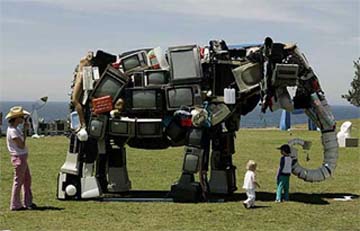
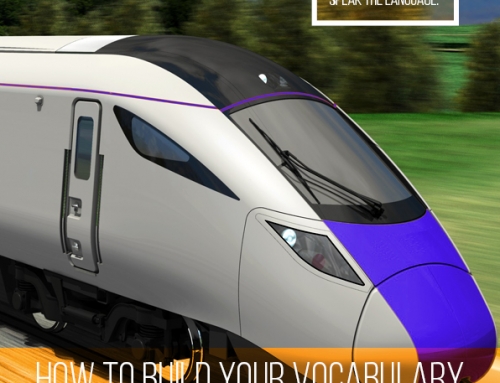
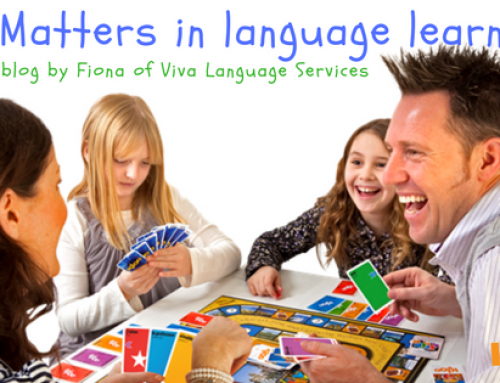
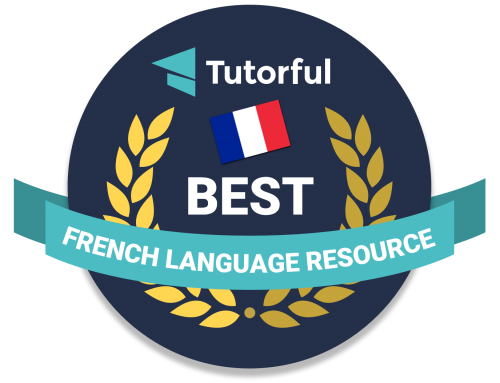
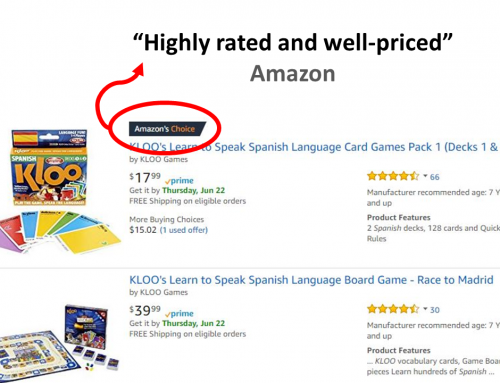


Leave A Comment